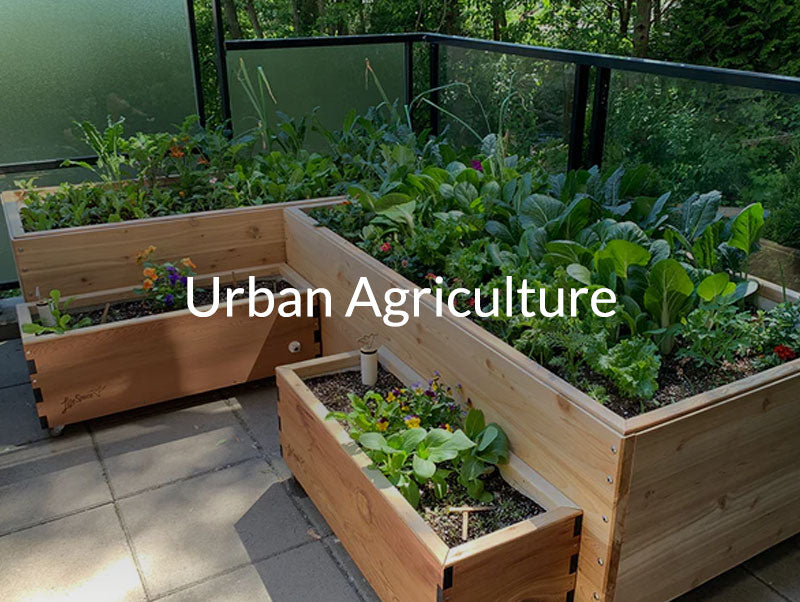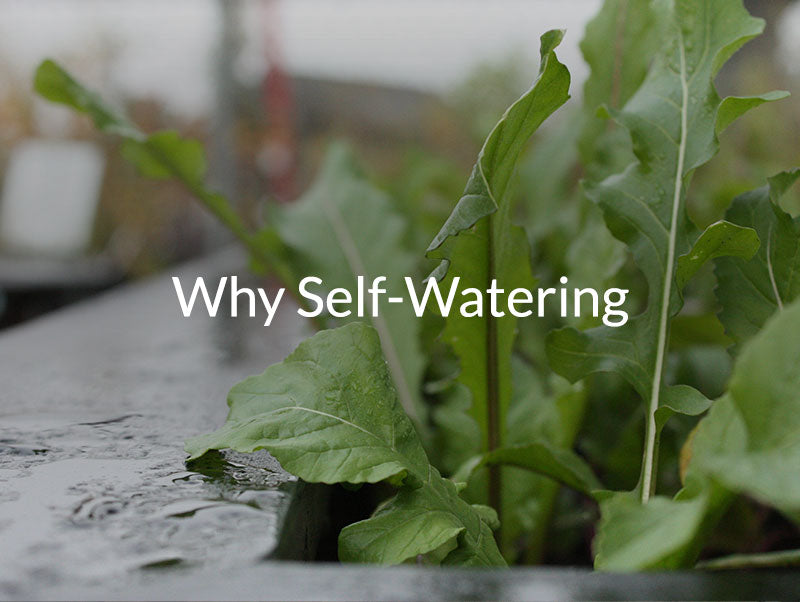Strawberry Growing Guide🍓: Planting, Care & Harvesting Tips

Introduction
Strawberries are a crowd favorite — beautiful, low-maintenance, and packed with flavor. They thrive in SIPs, wicking beds, and raised planters, making them perfect for balconies, patios, or larger backyard setups. Using GardenWells inserts to turn your raised beds into efficient wicking beds ensures steady bottom-up watering, fewer dry spells, and sweeter, juicier fruit.
When to Plant Strawberries
-
Spring: Plant dormant bare-root crowns or starter plugs in April or May. See the April Gardening Guide for step-by-step planting tips.
-
Summer Establishment: For new June-bearing varieties, plant early in the season so they can set strong runners. See the June Gardening Guide for SIP establishment care.
-
Fall Preparation: Mulch and prepare beds in October for next spring’s burst of fruit. Visit the October Gardening Guide for fall bed prep techniques.
Square Foot Gardening Spacing
-
Spacing: 1 plant per 1 sq ft for June-bearers, 2 per sq ft for everbearing varieties
-
Depth: Plant crowns so the top of the root crown sits level with the soil
-
Companions: Excellent planted alongside spinach, lettuce, and basil.
How to Plant Strawberries
Bare-Root Crowns
-
Soak crowns for 30 minutes before planting.
-
Spread roots downward and ensure crowns are level with the soil surface.
-
Space evenly in SIP beds or wicking beds for maximum airflow.
Starter Plugs
-
Plant plugs directly into SIPs or raised beds in April or May.
-
Top-water gently for 7–10 days until roots access SIP moisture.
Watering Your Strawberries
Steady hydration = sweeter berries:
-
Use your WaterStem to check levels: when the Hummingbird rises, your reservoir’s full; when it drops, refill.
-
Before establishment: Top-water daily for 7–10 days after planting.
-
After establishment: Refill reservoirs every 1–2 weeks depending on weather.
-
Mulch heavily to retain moisture, suppress weeds, and protect shallow roots.
-
SIPs and wicking beds reduce water stress and improve fruit size — see the June Gardening Guide for watering tips.
Harvesting Strawberries
-
Timing: Harvest when berries are fully red with no white shoulders — usually 4–6 weeks after flowering.
-
Method: Pick gently with the stem attached to avoid bruising fruit.
-
Runner Management: Remove runners on everbearing types to keep energy focused on fruiting. For tips on maximizing production, see the July Gardening Guide.
Common Issues & Fixes
| Issue | Likely Cause | Solution |
|---|---|---|
| Small Berries | Overcrowding or drought | Thin runners, ensure steady SIP hydration |
| Grey Mold | Poor airflow | Space plants well, prune excess runners, mulch with straw |
| Birds & Pests | Exposed berries | Use row covers or mesh netting for protection |
Companion Plants for Strawberries
Best companions (with cross-links):
-
Spinach → Thrives under strawberry shade; great for early SIP beds.
-
Lettuce → Shares shallow roots and benefits from strawberry’s groundcover.
-
Basil → Enhances flavor, repels pests, and attracts pollinators.
-
Thyme → Acts as living mulch and pest deterrent.
-
Borage → Attracts pollinators and improves fruit yield.
Avoid planting with:
-
Brassicas → Broccoli, cabbage, and kale compete for nutrients in SIPs.
-
Fennel → Inhibits strawberry growth if planted nearby.
Layout Tip:
-
Plant 1 strawberry per sq ft for June-bearing and 2 per sq ft for everbearing varieties.
-
Interplant spinach or lettuce plugs for early-season layering.
-
Use borage or thyme on bed edges to improve pollination and flavor.
Product Tips
-
Small patios? Grow strawberries in CondoFarms self-watering planters for compact, high-yield harvests.
-
DIY gardeners? Convert any raised bed into a wicking bed with GardenWells inserts.
-
Scaling up? Explore custom self-watering raised beds for bigger crops with less effort.







